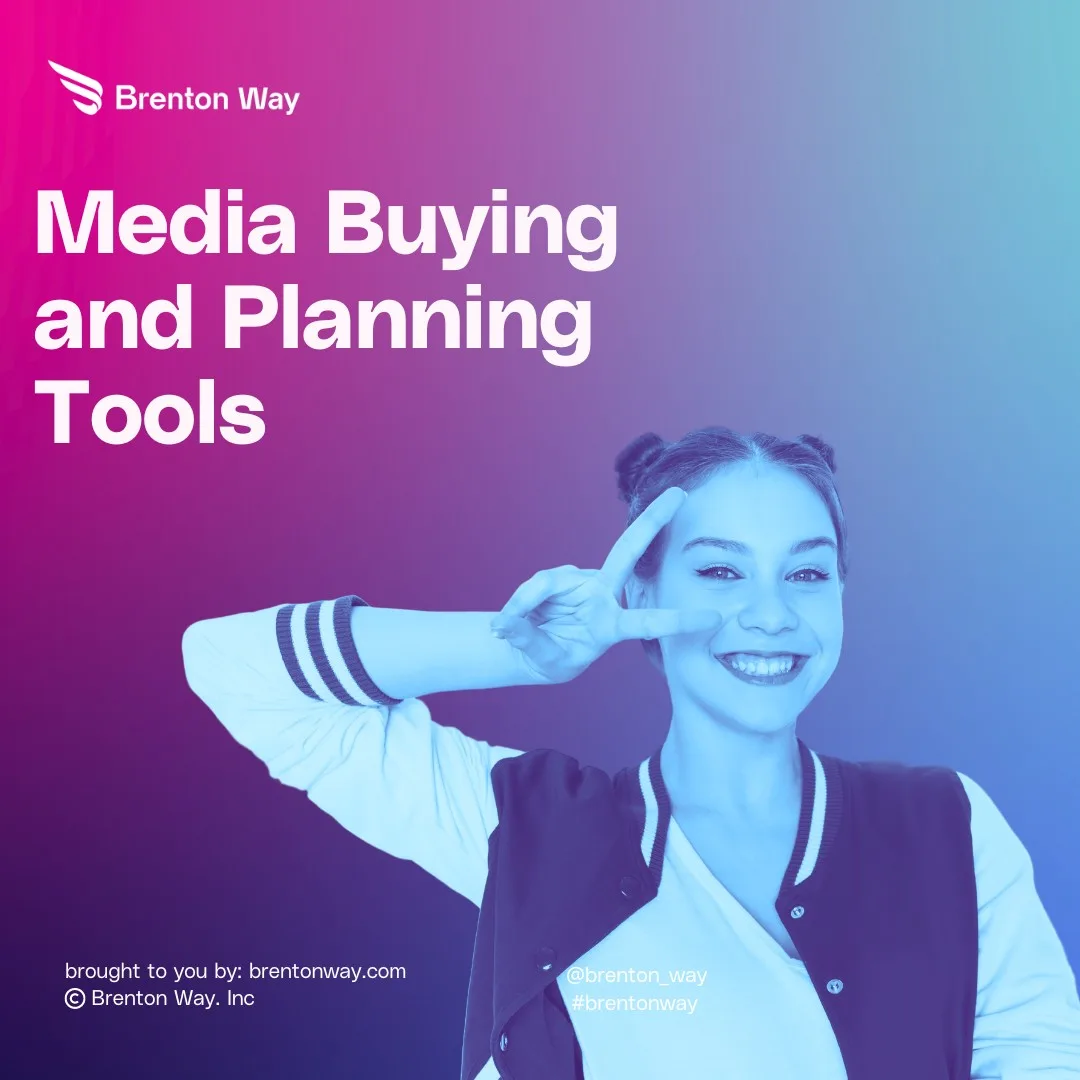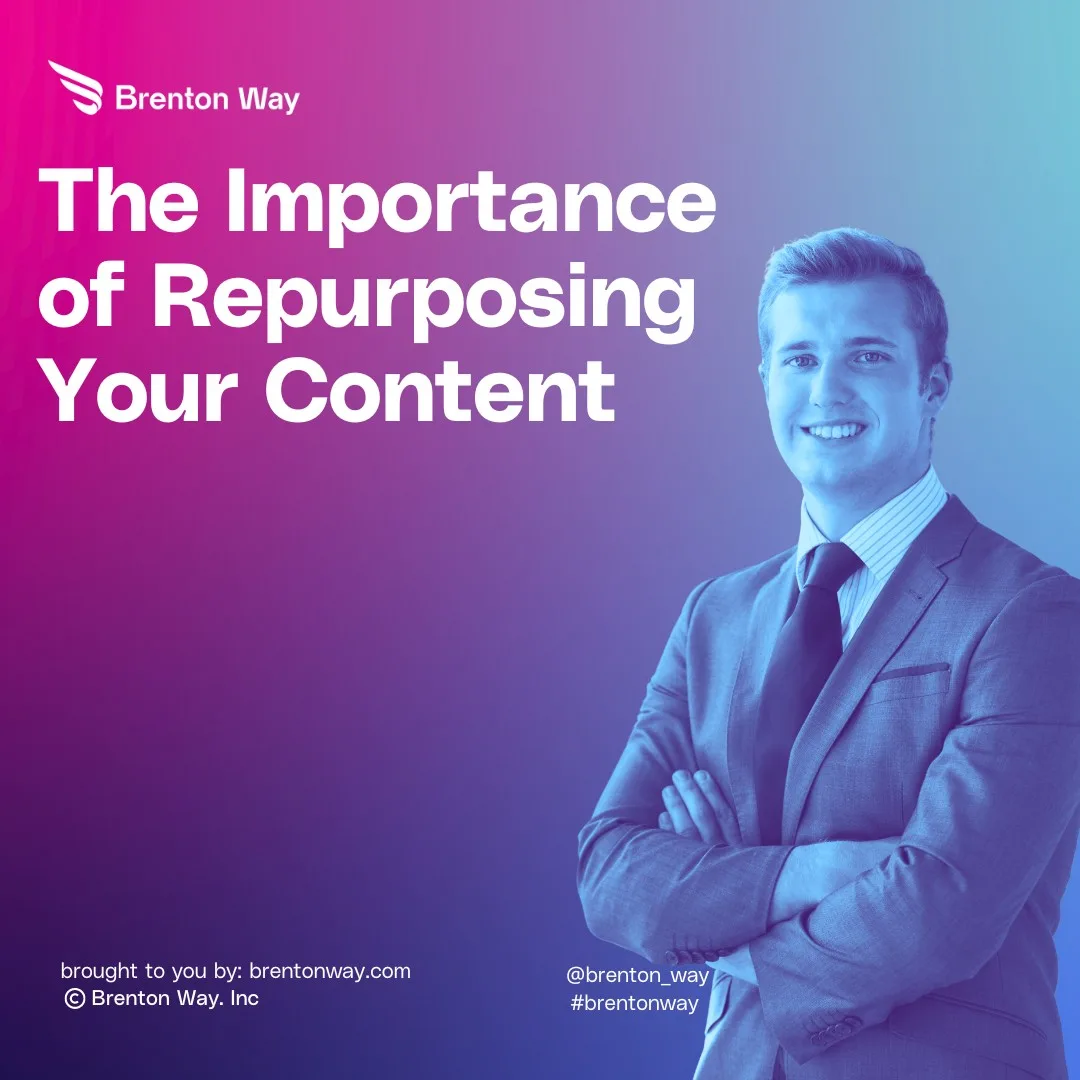
Media buying is important for businesses and new-age marketers to reach the right audience. Effective media planning tools play a crucial role in the success of a smart media buying and planning strategy. By subscribing to the right media buying and planning software, you can boost the ROI of your marketing campaigns tremendously. Also, don’t forget […]

Media buying is important for businesses and new-age marketers to reach the right audience.
Effective media planning tools play a crucial role in the success of a smart media buying and planning strategy.
By subscribing to the right media buying and planning software, you can boost the ROI of your marketing campaigns tremendously. Also, don’t forget to collaborate with a Google Ads company to get the best ROI on your ad campaigns.
Media planning tools help in:
In this article, I have curated a list of the best media planning software in 2024 that are a must-have for media owners, publishers, and agencies.
Media planning tools help companies figure out how to advertise their products or services. They help decide things like where to put ads, who to show them to, and how much money to spend.
Media buying, selling, and management tools also keep track of how well the ads are doing and if they’re reaching the right people. They use information about different types of media, like TV, radio, or the internet, to help companies make smart choices about where to advertise.
New-age media platforms can also tell a company what their competitors are doing with their ads, which is pretty handy.
Overall, media planning tools are like helpful guides that companies use to make sure their advertising is effective and reaches the right audience.
Also See: 124 New Inbound Marketing Stats
ClickUp is a leading media planning tool for managing all aspects of media campaigns.
From visualizing campaign pipelines with customizable views to designing and executing content calendars with task management features, ClickUp ensures seamless collaboration and organization.
With integrations, templates, and automation options, it empowers teams to optimize their media operations efficiently, ultimately enhancing productivity and achieving campaign goals effectively.
Pros:
Cons:
Bionic Advertising Systems offers a comprehensive all-in-one software solution that automates media planning and buying processes across various media channels and markets.
For ad agencies, it optimizes workflows, saves time, and enhances results, while providing advertisers with transparency, accountability, and control over their media investments.
Additionally, Bionic aids ad sales teams in managing media kits, RFPs, and orders, facilitating inclusion in more media plans. With features like automation tools, dashboards, and comparative analysis capabilities, Bionic empowers users to optimize their media strategies effectively.
Pros:
Cons:
Comscore is another relevant media planning tool for agencies and advertisers to craft optimal media plans by evaluating display, video, and app content across various digital platforms.
Through deduplicated, person-level data insights and real-world simulation capabilities, users can assess campaign efficiency, adjust key parameters for impactful optimizations, and understand audience overlaps to maximize reach and frequency within budget constraints.
Led by industry experts like Joe Lahr and Erik Grendahl, Comscore provides valuable tools to navigate the complexities of digital media measurement and enhance campaign effectiveness in today’s evolving media landscape.
Pros:
Cons:
MediaTools by SQAD offers a comprehensive planning visualization and flowcharting solution for agencies and advertisers, streamlining the process of managing, maintaining, and updating advertising plans.
Its rich set of productivity tools enables easy collaboration, coordination across departments, visualization of complex media strategies, and management of approval workflows.
Pros:
Cons:
Mediatool is a comprehensive cloud-based platform designed to streamline and optimize media planning and buying processes for brands and agencies. You should use this tool and follow the ad creatives best practices to achieve an exceptional ROI on your advertising campaigns.
With robust tools for market research, audience segmentation, channel selection, and budget management, Mediatool empowers users to create data-driven media strategies tailored to their specific goals and target audiences.
Its collaborative features facilitate seamless communication and workflow management, while real-time tracking and reporting capabilities enable continuous optimization for maximum campaign effectiveness. However, users may face challenges in adapting to its interface and require some time to familiarize themselves with its functionalities.
Pros:
Cons:
Also See: What is Digital PR? Strategies, Examples, and Tools
Quantcast offers a comprehensive media buying and planning tool that empowers businesses to maximize the impact of their marketing spend.
With real-time insights and predictive analytics, users can quickly set up brand campaigns, optimize audience targeting across channels, and measure performance metrics to drive efficient reach and engagement.
Leveraging Quantcast’s unique data and premium inventory, advertisers can activate expressive creative across multiple formats and channels, including Connected TV, native, video, and display, ensuring stronger, more measurable outcomes in today’s competitive digital landscape.
Pros:
Cons:
Simpli.fi offers a comprehensive media planning tool that integrates social media advertising seamlessly with programmatic strategies, providing a centralized platform for streamlined campaign management.
By combining the strengths of both channels, advertisers can gain a competitive advantage, optimize budgets in real time, and achieve holistic oversight of campaign performance.
With features designed to ease day-to-day workflow and expert support available, Simpli.fi empowers advertisers to maximize their media buying efforts and drive powerful results across various advertising channels.
Pros:
Cons:
Monday.com offers a comprehensive work platform that allows teams to manage projects, tasks, campaigns, and more, all in one place. With customizable solutions tailored to various business needs, monday.com streamlines workflow, enhances collaboration, and facilitates efficient project management across teams.
Trusted by over 225,000 customers worldwide, from startups to enterprises, monday.com provides a user-friendly interface, powerful automation features, and seamless integration with existing tools, making it a go-to platform for all work-related activities.
Pros:
Cons:
MediaPlanHQ is a comprehensive online media planning and buying tool designed to optimize the workflow of advertiser and agency marketing teams.
It provides a central dashboard for organizing and tracking media plans, operations, and requests, eliminating the chaos of scattered spreadsheets and lengthy email threads.
With features like easy media plan preparation, collaborative approval processes, efficient project management, seamless invoice validation, and effortless marketing request submissions, MediaPlanHQ empowers marketing teams to achieve their goals effectively and professionally.
Pros:
Cons:
Buffer is another popular software for media planning, collaborating, and publishing content.
With features like centralized scheduling, AI assistance, and multi-channel publishing, Buffer streamlines social media management, helping businesses craft engaging posts and track performance effectively.
Additionally, its collaboration tools enable teams to work together seamlessly, ensuring consistent and high-quality content delivery.
Pros:
Cons:
TapClicks provides media companies with an integrated solution for buying and planning, offering a streamlined approach to managing campaigns.
It has features, such as automated processes, prevention of duplicate orders, and transparent workflows, to enable organizations to optimize their media operations.
Additionally, its robust data blending capabilities and comprehensive reporting tools empower users to track campaign performance, demonstrate value to clients, and drive business growth.
Pros:
Cons:
Nielsen offers a comprehensive media planning and buying tool that provides advertisers with valuable insights to optimize their campaigns.
With cross-platform measurement data, advertisers can understand audience behavior and preferences, enabling strategic investment decisions.
Nielsen’s platform empowers advertisers to target their audience effectively, maximize ROI, and navigate the evolving media landscape with confidence.
Pros:
Cons:
Loomly offers a comprehensive suite of tools for media buying and planning, empowering marketers, agencies, and businesses to streamline their advertising efforts across social media platforms.
With features such as post planning, scheduling, collaboration, content calendar management, and analytics, Loomly provides a seamless workflow for optimizing ad campaigns, ensuring maximum visibility and engagement.
Trusted by over 50,000 customers, Loomly simplifies the media buying process, enabling users to make data-driven decisions, enhance audience targeting, and achieve their advertising objectives efficiently.
Pros:
Cons:
CodeFuel provides a robust platform for monetizing digital assets such as websites, extensions, and apps by capitalizing on search, ads, shopping, and news channels.
With a focus on delivering premium results, CodeFuel enables publishers to maximize revenue through targeted advertising, search mediation, and curated content integration.
Leveraging over 20 years of search technology expertise and global coverage spanning 150 countries, CodeFuel empowers publishers to turn user intent into revenue with ease and efficiency.
Pros:
Cons:
Also See: 20-Point Digital Marketing Checklist For New Businesses
SRDS (Standard Rate and Data Service) offers a comprehensive media planning database that simplifies and expedites the media buying process.
With access to current, standardized data across various media channels, SRDS enables agencies and clients to swiftly identify, evaluate, and connect with media owners.
Whether it’s digital media, consumer magazines, newspapers, TV, radio, or out-of-home media, SRDS provides the necessary tools to target specific markets, evaluate advertising options, make informed decisions, and directly contact media representatives.
With SRDS, media planners and buyers can streamline their workflow, saving valuable time and resources while ensuring efficient and effective media campaigns.
Pros:
Cons:
Also See: The Ultimate Guide to Data-Driven Marketing
Essential digital media planning tools for smart buying teams consists of media flowcharts for visualizing ad placements, agency RFP scorecards facilitating partner evaluations, and advertising campaign calendars orchestrating marketing efforts.
You should look for audience targeting capabilities, media inventory management, campaign optimization tools, budget tracking and forecasting, integration with ad exchanges and demand-side platforms (DSPs), reporting and analytics, and support for emerging channels like connected TV (CTV) and programmatic advertising.
The cost of audience-first media planning and buying solutions come in different subscription models. Basic functionalities are available from a few hundred dollars a month, while advanced media management options come with custom pricing.


